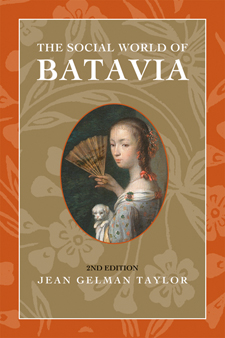Race and a Political RacePosted in Articles, Native Americans/First Nation, New Media, Politics/Public Policy, Social Science, United States on 2012-09-28 21:33Z by Steven |
Everyday Sociology Blog
2012-09-28
Jonathan R. Wynn, Assistant Professor of Sociology
University of Massachusetts, Amherst
Dwanna L. Robertson
University of Massachusetts, Amherst
The Massachusetts Senate race between incumbent Scott Brown and Harvard Law Professor Elizabeth Warren took an unexpected sharp turn this week. Shades of racialized language (reminiscent of the 2008 Presidential campaign) seeped in. This actually started in April, when Brown’s staffers uncovered that Warren claimed she was a minority, implicating her as committing ethnic fraud because she lacked proof of a Native American ancestry.
During their first political debate, Brown went straight at this issue in a prepared remark, saying, “Professor Warren claimed she was a Native American, a person of color—And as you can see, she’s not.” With this statement, Brown contends he can identify Native Americans—and other people of color—just by looking at them.
It would be humorous—Did she accidentally forget to braid her hair and wear her moccasins?—if it didn’t have serious undertones cutting at the heart of race and politics in the U.S.. Brown suggests Warren received special consideration for claiming she was part Cherokee. “When you are a U.S. Senator,” he stated, “you have to pass a test and that’s one of character and honesty and truthfulness. I believe and others believe she’s failed that test.” But did Warren fail the test?…
..Back to Brown’s assertion idea that our eyes can tell us a person’s race. Sociologist Mary Campbell has been working on misclassification of race based upon skin tone, finding not only that American Indians experience a high level of misidentification, but that in the process they also experience higher levels of psychological distress…
There is, however, a real challenge when it comes to speaking of how indigenous folk look. It is not just that it’s a bad idea to think facial features are satisfactory markers of race. It is that the emphasis on perception also indicates a complete misunderstanding of U.S. History: People who claim First Nation Heritage are of a mixed ethnic background due to generations of attempted racial extermination, cultural oppression, and a breaking of tribal links to land and community…
Read the entire article here.

